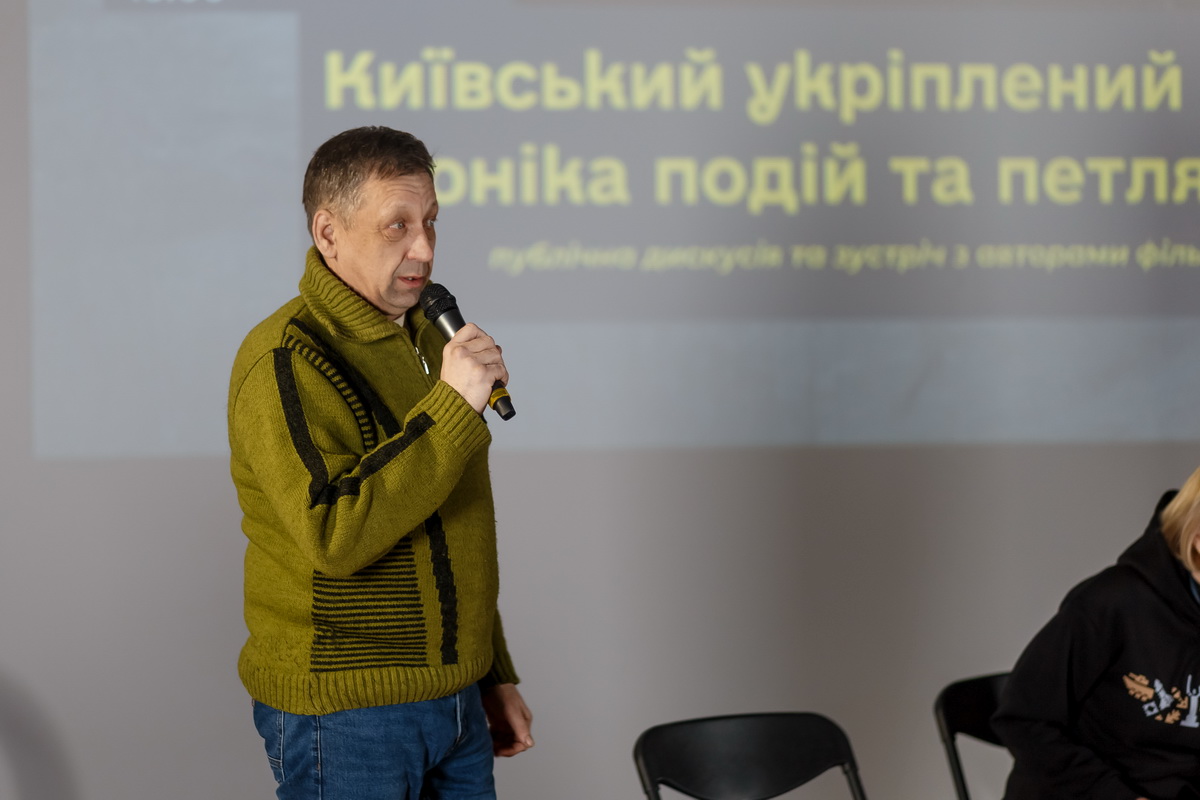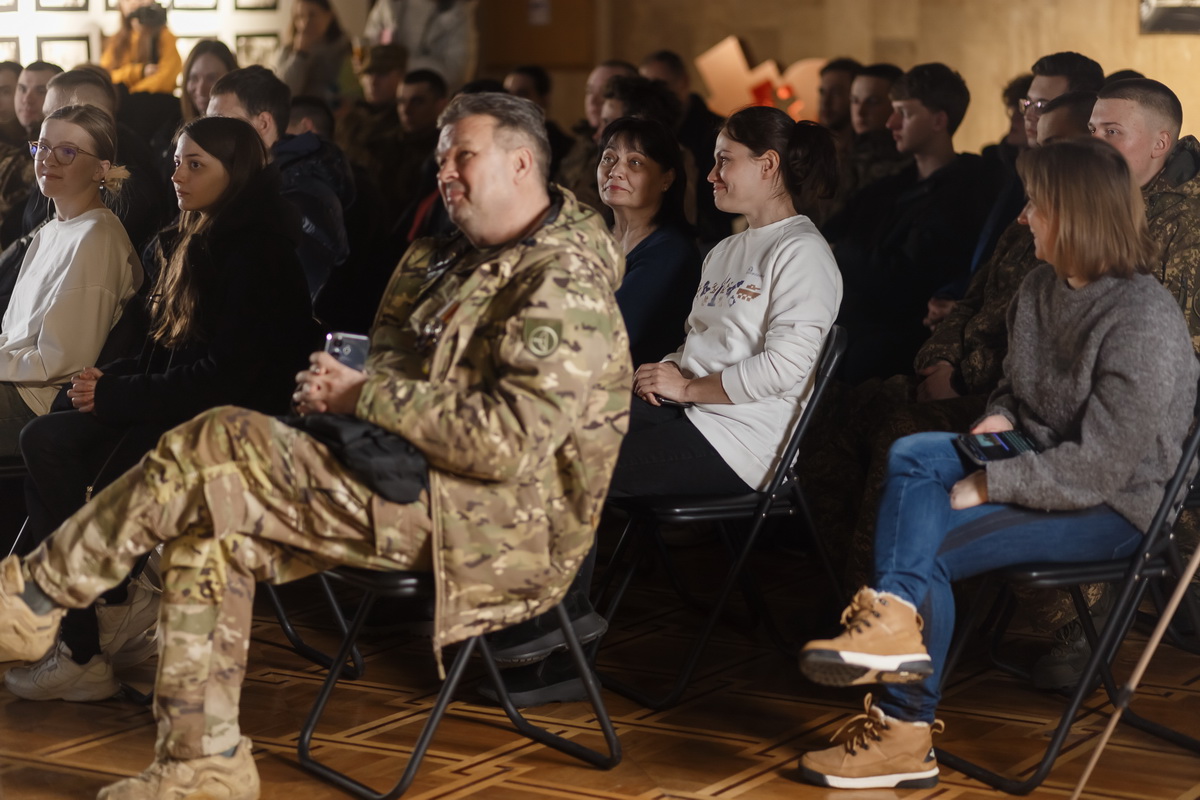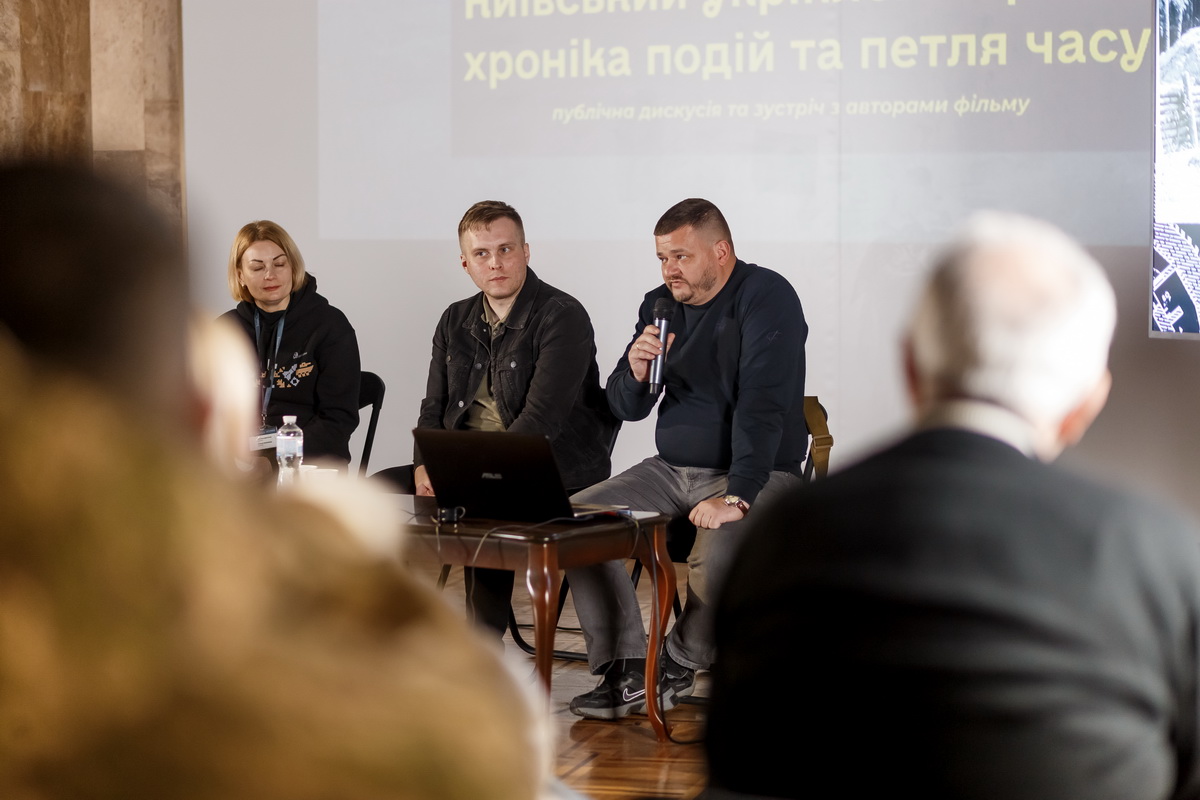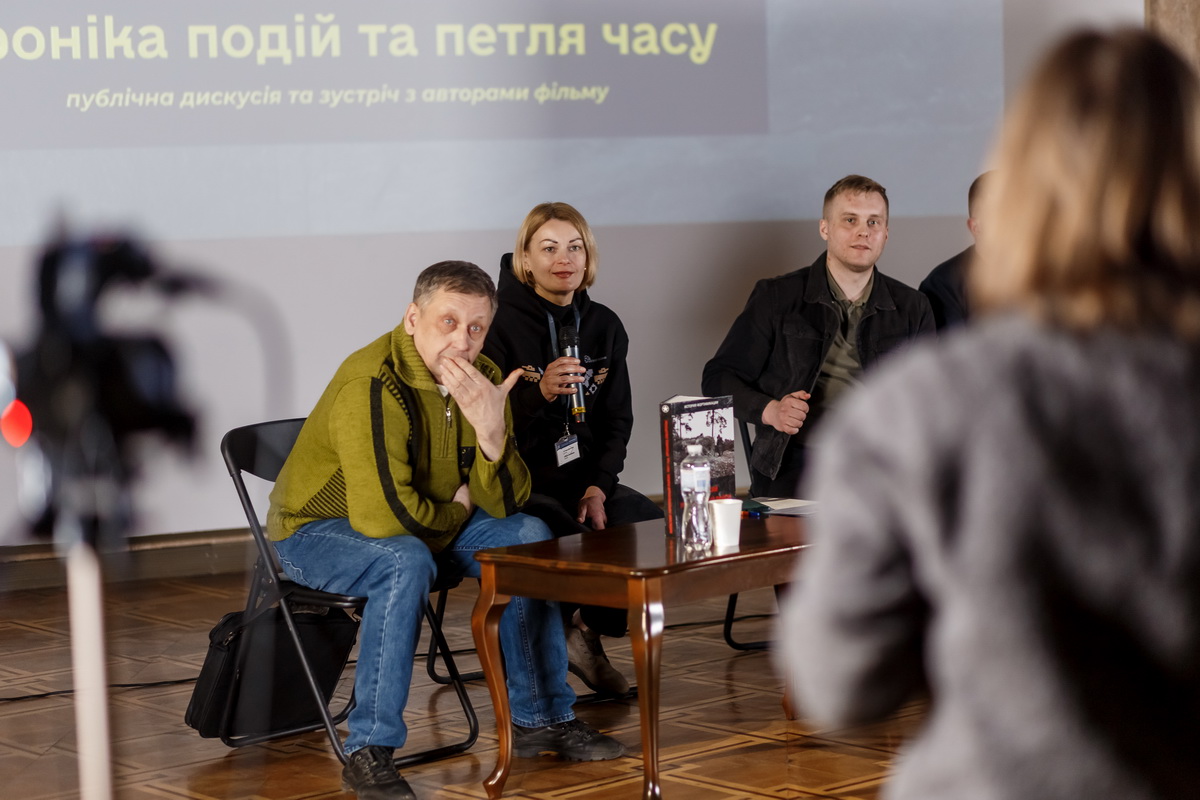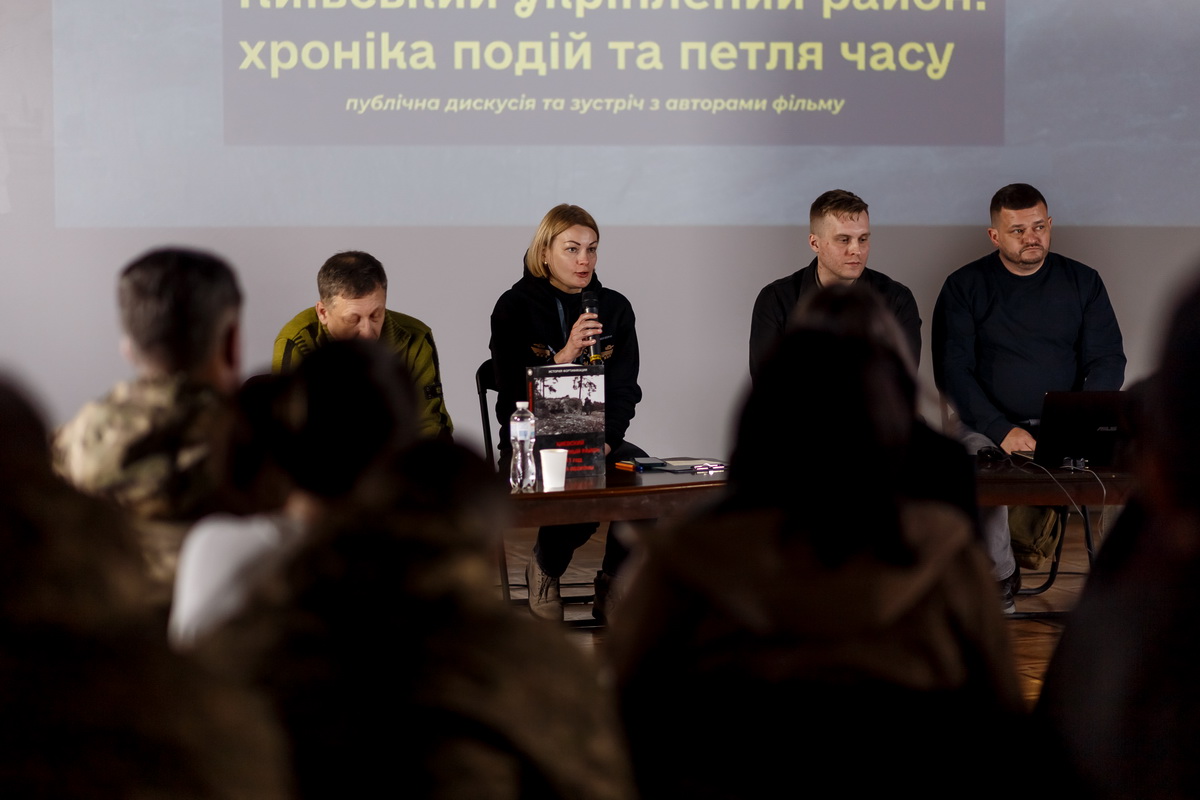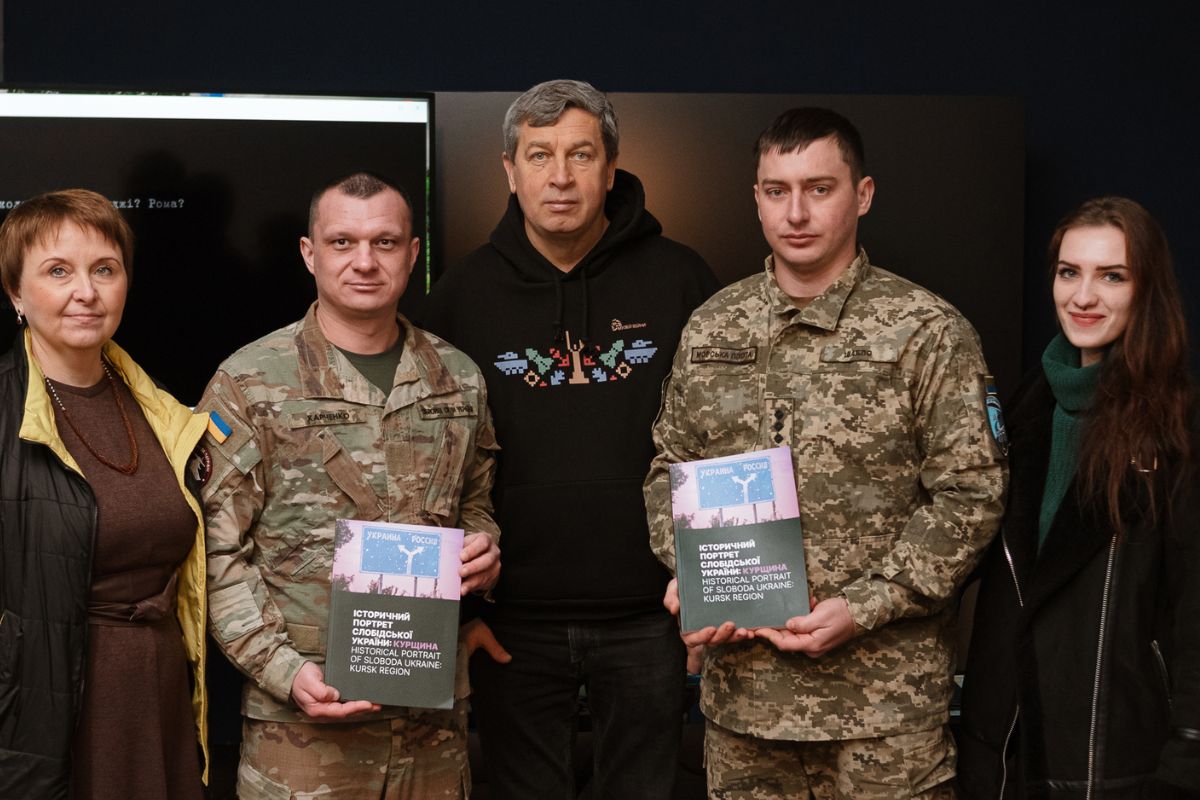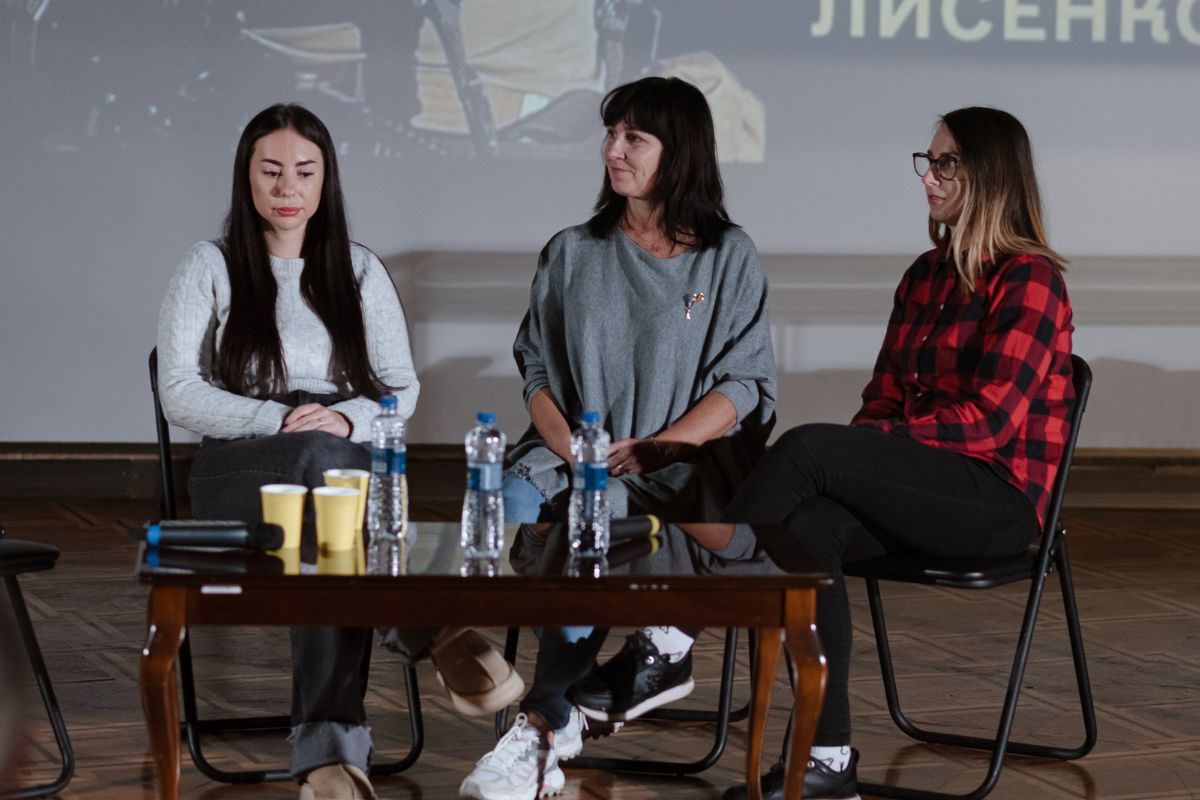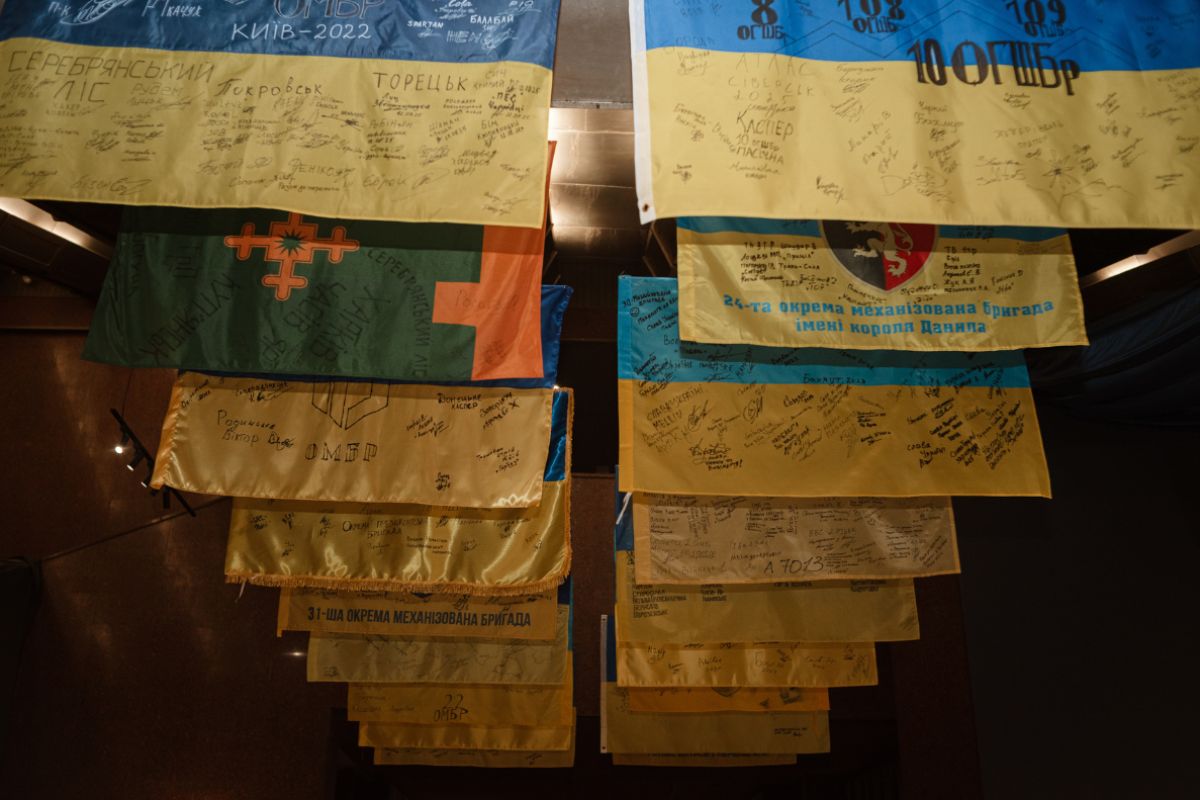A lecture-discussion dedicated to the history of the Kyiv Fortified Region from the 1930s to the present day took place at the War Museum.
The researcher of the history of fortifications, Oleksandr Kreshchanov, director Vladyslav Vasyliev, along with an expert in defense architecture Dmytro Buhay, have been researching defensive fortifications across Ukraine for many years. Thanks to their enthusiasm and tireless work, abandoned and decaying fortifications have become a subject of not only academic but also public and tourist interest. Recently, the researchers visited the War Museum to share their insights on the past and present of the Kyiv Fortified Region.
According to Oleksandr Kreshchanov, there were 16 fortification zones in Ukraine. Most of them were built in the 1930s to defend against a potential war with Poland, but some were constructed later, between 1939–1941, as part of the so-called Molotov Line. At the onset of the German-Soviet war, most of them were not fully utilized, with only the Kyiv Fortified Region halting the Nazi army for 70 days on the outskirts of the capital. The scholar emphasized that this was made possible thanks to the coordinated actions of the army and the proper use of the entire system of fortifications.
As Dmytro Buhay added, after the end of World War II, maintaining the fortifications became expensive and outdated. Most of them eventually deteriorated and were looted by marauders. Currently, about 24% of the structures remain.
Interestingly, with the onset of russia’s full-scale invasion of Ukraine, the surviving fortifications of Kyiv once again became helpful to the military and the local population. Those structures, which were once located outside the settlements, have, over time and with the growth of the capital’s suburbs, found themselves next to residential buildings. During intense battles in the spring of 2022, the pillboxes were used as shelters, and thanks to defense line maps, the military knew where the most advantageous points for defense and attack were.
Vladyslav Vasyliev shared his memories of joining the team of researchers of the fortification zones and how he has been popularizing this work for many years through his YouTube channel BunkerTravel. The director emphasized that after the liberation of the Kyiv region, the idea arose to shoot a documentary about current events. This is not strictly historical cinema but more of a drama about people – both military and civilians – who sought refuge from the enemy in the "silent defenders of Kyiv."
Excerpts from the film left the audience in awe and raised many questions for the speakers. In response, the filmmakers noted that the production of such a large-scale film was made possible with the support of the National Defence University of Ukraine. Moreover, the researchers shared the story of the unique fortification, the Pillbox № 410 – machine gun bunker, built into the embankment of the Irpin River bridge. It, along with its equipment, has remained almost in its original condition to this day, but the russian invasion left no chance for this monument to survive. Everything that could be salvaged is now kept at the Military-Historical Museum of the National Defence University of Ukraine.
In conclusion, the meeting moderator, Svitlana Demchenko, a researcher from the War Museum, emphasized that those interested in learning more about the history of Kyiv’s defense in 1941 and the role of the Kyiv Fortified Region in these events can do so by visiting the Museum’s exhibition.
We sincerely thank the speakers for their interesting and captivating lecture, as well as the students of Kyiv National University of Construction and Architecture and the cadets of Kyiv Institute of the National Guard of Ukraine for their participation in the event.


